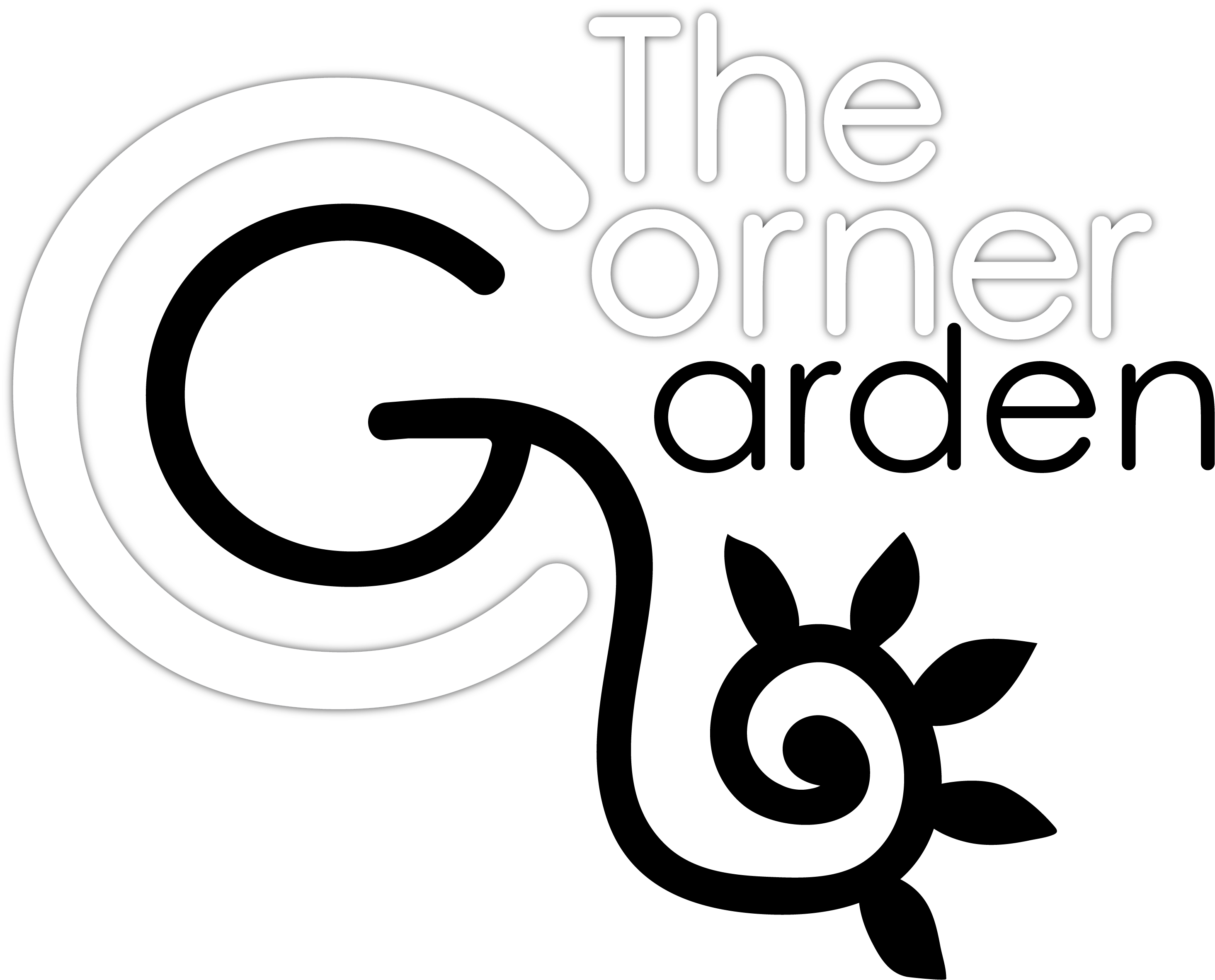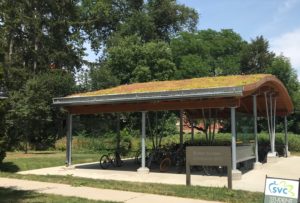Green Rooftops
What are they?
- Instead of covering a rooftop with shingles or leaving it exposed with concrete, covering the roof with plants and vegetation
Where can they be used?
- On any rooftop, but usually easier to install on flat roofs
What sectors commonly use them?
- High Density Residential buildings
- Residential
- Commercial
How do they work?
- Vegetation has a high natural capacity to store water
Benefits
- Retains storm water (70-90%), which a traditional roof does not
- Filters water
- Reduces heat of surrounding area as opposed to traditional, dark, heat absorbing building materials
- Makes use of typically unused space
- Decreases cost of building materials, since it reduces wear on roofing, heating, and air conditioning systems (due to improved insulation)
- Reduces smog
- Improve air quality
- Soundproofing
- Increase biodiversity, especially in urban areas
Challenges
- Need to care for the plants on the roof, which may be difficult in some locations
- Requires planning and for larger installations, some more advanced materials
Other Information
- Costs between $10-$24 per square foot depending on a wide variety of factors

